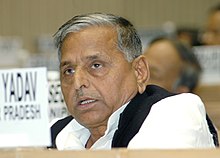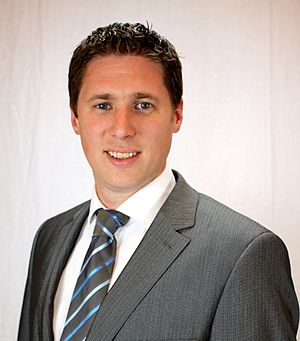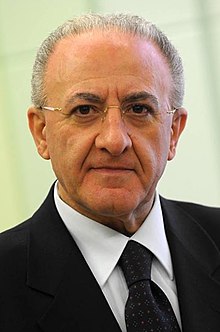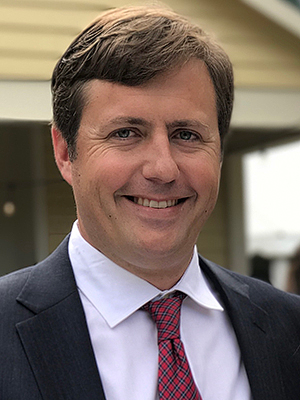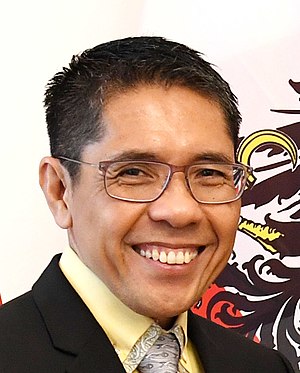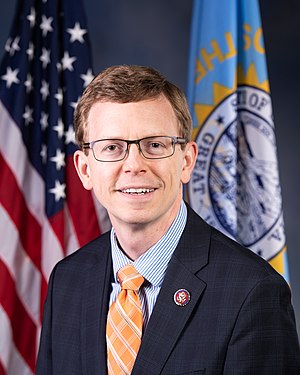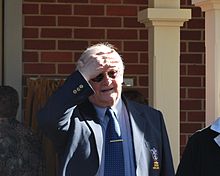Mulayam Singh Yadav
Birthday November 22, 1939
Birth Sign Sagittarius
Birthplace Saifai, United Provinces of Agra and Oudh, British India (present-day Etawah, Uttar Pradesh, India)
DEATH DATE 2022-10-10, Gurugram, Haryana, India (82 years old)
Nationality India
#1316 Most Popular


